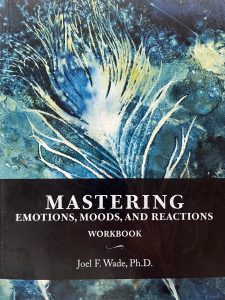To live effectively is to aim for behaviors and habits that work for us in the real world. There are lots of tricks and techniques for making changes in our lives: goal setting strategies, arranging priorities, structuring support for new and better habits, to name just a few.
These are important skills, and part of an effective menu of personal growth. But there’s an essential ground to all of these; a quality that can make the difference between fighting against sometimes overwhelming forces, versus leaning into life with the wind at our back. This quality has less to do with what we do, than how we do it.
Here’s the big idea:
If you want to change things for the better within yourself, be compassionate with yourself; if you want to change things for the better in the world, be compassionate with others.
Think of the people who have had the greatest positive influence on you. Did they spend a lot of time nagging, berating, insulting, or shaming you? I suspect not.
Shame has its place. When we do something that violates our values, one of the natural emotions we feel is shame. Shame provides the painful feedback that motivates us to never do that shameful act again. If we continue to do the same behavior, we’ll continue to feel the same shame… until we eventually get the message.
But once that feedback is received, and we have taken the steps to correct what we feel ashamed of, that emotion has done its job. When we continue to berate ourselves for what we did after we’ve taken the steps to make it right, we actually weaken our willpower, and undermine our ability to establish better habits.
For example, researchers have found that among alcoholics who have become sober, those who continue to actively feel ashamed of themselves, to criticize and castigate themselves for their previous behavior, are the ones who go back to drinking. On the other hand, those who have compassion for their previous behavior after changing it for the better are the ones who stay sober.
This is very different from pretending that everything was fine, or some other pretense. It’s possible to know and acknowledge that we’ve done harmful things, to feel the pain of facing our shameful behavior; and then, having changed that behavior, and done what we can to make amends, to feel compassion and kindness toward ourselves.
It’s important, of course, that we change that behavior. Just having compassion for our human failings without feeling the shame and working to change what we’ve done will keep us on a steady course of destruction. We need to have compassion for ourselves while working to improve ourselves – and the attitude that will most help us to make and maintain those positive changes is compassion.
Compassion also helps us to weather failure, and even to counter low self-esteem. Among teenagers who were studied, those with low self-esteem who were compassionate with themselves were more resilient, and were better able to cope with life’s ups and downs. They had fewer mental health issues as time went on – whereas those with low self-esteem and low self-compassion had much more trouble with mental health.
So the leverage point is the compassion, not the self-esteem.


Recent Comments